
Ginger Cultivation
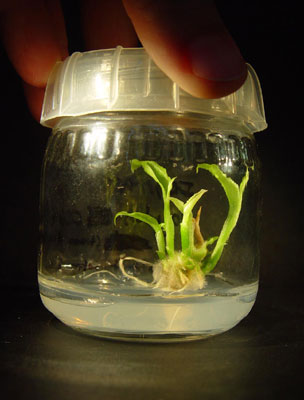
Press play on the movie control to play the movie.
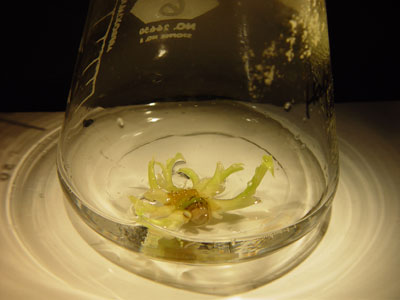

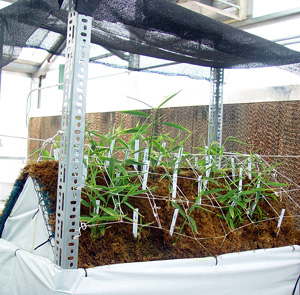
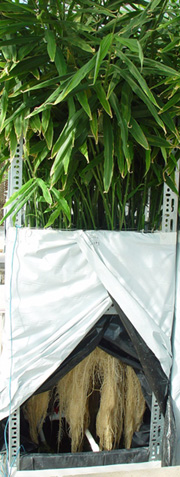
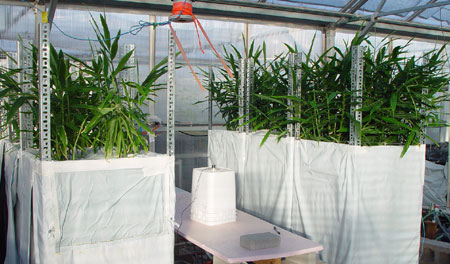
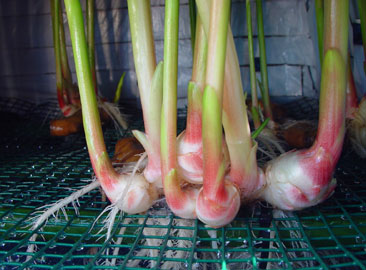
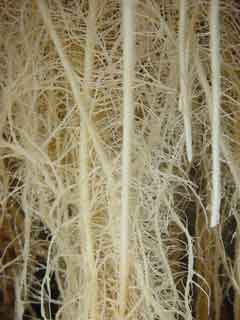
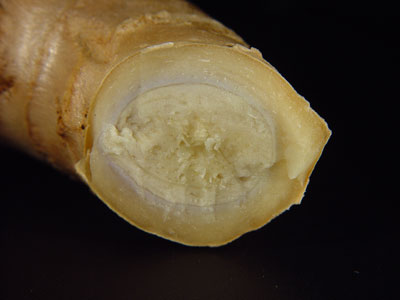

Aeroponic Cultivation of Ginger (Zingiber officinale) Rhizomes
Anita L. Hayden, Native American Botanics Corp, Tucson, Arizona USA
Lindy A. Brigham & Gene A. Giacomelli, University of Arizona Tucson, Arizona USA
Abstract
Ginger (Zingiber officinale Rosc.) rhizomes are popular as a spice and an herbal dietary supplement. The anti-inflammatory and anti-nausea qualities of ginger have applications in the pharmaceutical industry. Conventionally grown as a tropical field crop, ginger is plagued by soil-borne disease and nematode problems. Aeroponic cultivation of ginger can provide high-quality rhizomes that are free from pesticides and nematodes and can be produced in mild-winter greenhouses. An experiment involving 34 ginger plants grown in aeroponics was performed in a temperature controlled greenhouse in Tucson, Arizona. The unique aeroponic growing units incorporated a “rhizome compartment” separated and elevated above an aeroponic spray chamber. Bottom heat was supplied to one half ofthe plants. Accelerated growth was observed in plants receiving bottom heat. One third of the plants were grown in units where the rhizome compartment was filled with perlite, one third in sphagnum moss, and one third without any aggregate medium. Those plants grown in perlite matured faster than the other treatments. The aeroponic units without aggregate medium provided an opportunity to photograph the growth habit of rhizomes over a three month period. Those images were incorporated into a 60-second digital movie that dramatically illustrates how underground rhizomes develop and grow.